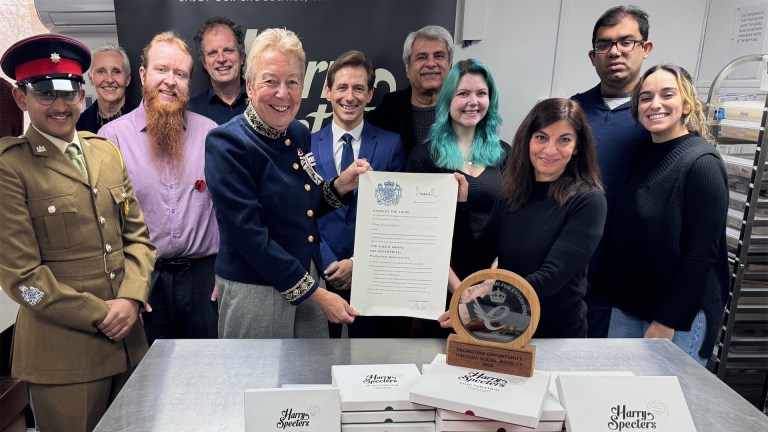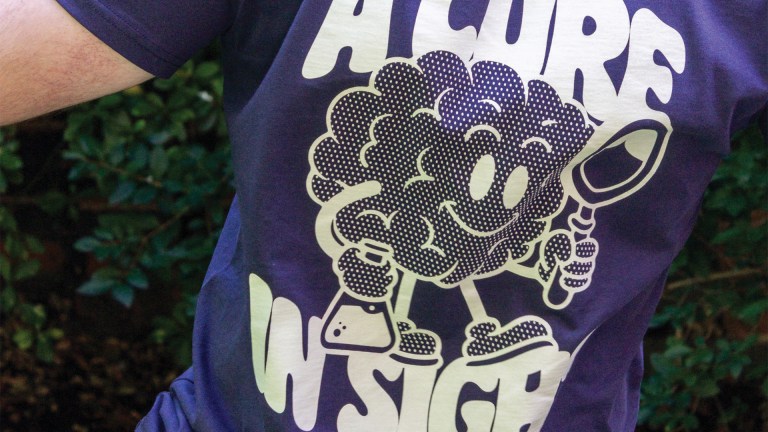Is there a legal minimum working temperature for inside work?
There are no laws that specify the temperature that should be in place in a working environment.
However, the Workplace (Health, Safety and Welfare) Regulations 1992, places a legal obligation on employers to provide a “reasonable” temperature in the workplace.
The regulations suggest the temperature in work spaces should not fall below 16C, or 13C if the majority of the work requires physical activity.
When is it too cold to work?
It is ultimately up to the employer to make the call on whether it is too cold to work or to shut up shop, or send people home. However, employers are required to act reasonably and provide a safe working environment for all their staff.
Working in cold temperatures for a prolonged period of time can cause issues for workers’ health and wellbeing. Freezing temperatures create ice, significantly increasing the risk of falls and slips, while the loss of feeling in hands and feet can make carrying out physical work difficult.
Working heavy machinery in cold conditions can also increase the risk of workers developing vibration white finger, back and other muscular injuries, warns union GMB.
Advertising helps fund Big Issue’s mission to end poverty
“If an employer neglects their responsibility, and this results in someone falling unwell or being injured, that person may be able to claim compensation,” said Jonathan White, legal and compliance director at National Accident Helpline.
What is the minimum working temperature for outside work?
There is no legal minimum working temperature for people working outdoors, however there remains a requirement on employers to keep them safe and healthy.
Working outdoors in cold temperatures for extended periods of time can have a serious impact on the health of employees if not properly managed. The NHS warns that the impact of cold weather can build up over a long time and contribute to more serious health problems such as heart attacks, strokes and pneumonia.
The Health and Safety Executive says that employers must ensure that appropriate personal protective equipment is supplied, such as waterproof and warm clothing.
For those working outdoors in the cold, mobile facilities for warming up, and soup or hot drinks should also be provided. There should also be consideration given to whether the work could be delayed until warmer times of the year without compromising on safety.
“Employers must also take into consideration those with existing health conditions that could be affected to a greater extent by the cold temperatures, such as those who are medically vulnerable or pregnant,” said White.
Advertising helps fund Big Issue’s mission to end poverty
In particular, those employees with heart/circulation and breathing problems such as emphysema may be more sensitive to working in cold temperatures, he added.
What are my employer’s responsibilities during cold weather?
The Trades Union Congress (TUC) has urged employers to “use common sense during this week’s cold snap and not force staff to make dangerous journeys into work.”
“Employers should also offer flexibility over travel times and home working where appropriate, not giving any worker unreasonable request to travel in unsafe, unreliable conditions,” said Shelly Asquith, a health and safety specialist at the TUC.
The union also recommends that bosses have bad weather policies in place so staff know what to do when bad weather hits – “and those who’ve not already done so should be urgently drawing them up.”
These weather policies should include clear instructions for what staff should do when there is snow and ice on the roads or a lack of public transport prevents them from getting to work, the TUC said.
Big Issue Group has created the person-centred recruitment service, Big Issue Recruit to support people facing barriers to employment into sustainable jobs. To find out how Big Issue Recruit could help you into employment, or help your business to take a more inclusive approach to recruitment, click here.
Advertising helps fund Big Issue’s mission to end poverty
Career tips and advice from our Jobs and Training series:









